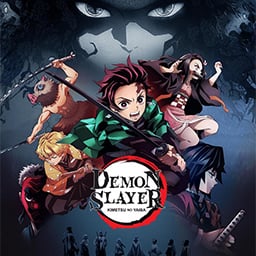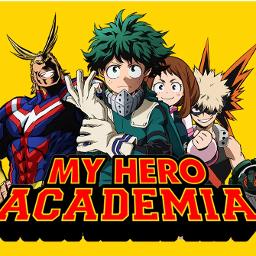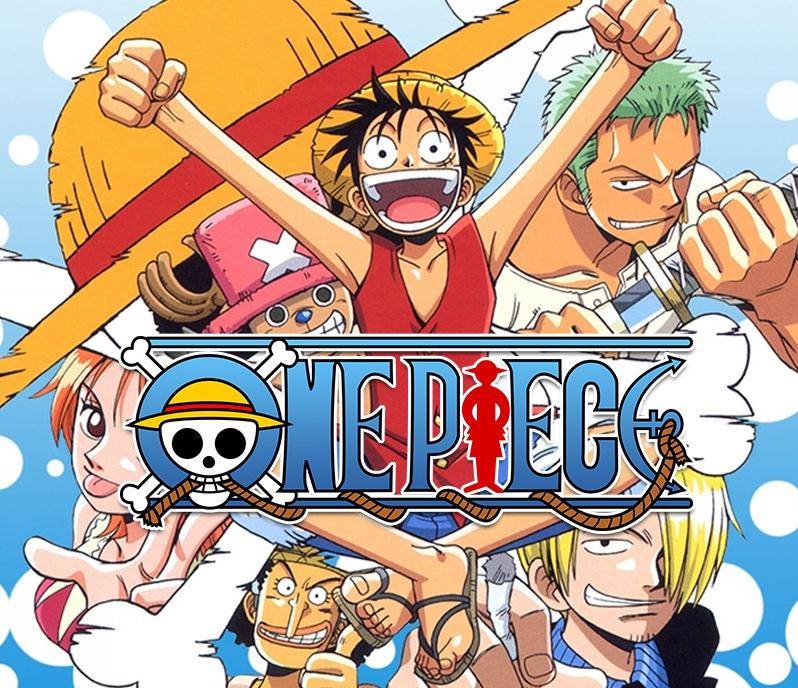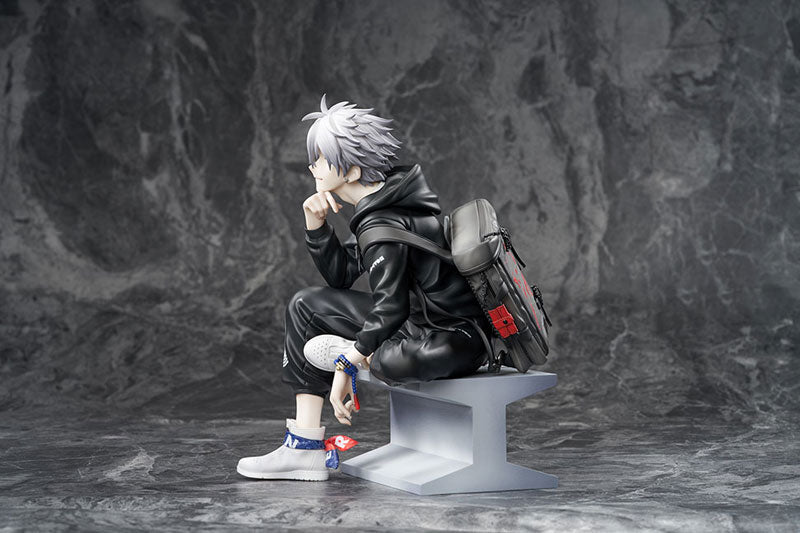Dragon Ball Z Budokai Tenkaichi Game - Dragon Ball
Dragon Ball Z: Budokai Tenkaichi is a 3D fighting game originally released for the PlayStation 2, developed by Spike and published by Atari (Bandai in Japan). Three games in the series have been released (2005, 2006, and 2007), with the latter two being re-released for the Nintendo Wii. It was followed in 2010 by Dragon Ball Z: Tenkaichi Tag Team for the PlayStation Portable and Dragon Ball Z: Ultimate Tenkaichi for the PlayStation 3 and Xbox 360 in 2011.
Before the development of Dragon Ball Z: Budokai Tenkaichi, another series called Dragon Ball Z: Budokai had already been released for the PlayStation 2 and Nintendo GameCube. Although they share some of the same name, Dragon Ball Z: Budokai Tenkaichi is a completely different series. The only aspect the games share is that they are both based on the award-winning Japanese manga Dragon Ball , and therefore share a similar roster of characters. The decision to name the game was potentially part of a marketing strategy to capitalize on the success of the previous game series.
Gameplay
Dragon Ball Z: Budokai Tenkaichi is a third-person fighting game. The camera is positioned behind and slightly to the side of the player character. This allows for better control in the open, free-roaming environment. There are several techniques present in the game's combat mechanics, such as vanishing dodges, special attacks, stuns, and dashes. The player can rush towards the opponent and unleash a flurry of quick attacks, combine this with a powerful attack that stuns the opponent, then launch them with a grapple or blast them with a special attack. Ki is used for energy attacks, vanishing dodges, and special attacks. Ki can be charged quickly but can also be recovered gradually during combat. Special attacks come in two forms: Blast 1 and Blast 2. Blast 1 is a special attack that provides almost a support effect, such as auto-dodge, full ki, etc. Blast 2 attacks are special attacks such as energy attacks or physical attacks (Kamehameha or Kaioken attacks, respectively). The character also has an ultimate attack that requires a maximum ki gauge to use and is often capable of inflicting a large amount of damage.
Game Modes
There are several game modes, including the typical story mode found in other games (Z Battle Gate, Dragon Adventure, and Dragon History in the Tenkaichi series). The story modes are quite comprehensive, covering many of the series' main plot points and even featuring hypothetical scenarios. Cutscenes are shown in the games before and after battles in the first games, although cutscenes are sometimes also shown during battles in the third game (often to advance the story or to feature a special technique or transformation). Variations of the tournament mode are also present in the series. One of these is the famous Tenkaichi Tournament, while the other is the Cell Games, where the final fighter is always Perfect Cell .
Dragon Ball Z: Budokai Tenkaichi
The first game in the series features a rather revolutionary roster of 64 unique characters with 90 different forms (e.g., Super Saiyan None Zarbon 's transformation, Frieza 's transformations, etc.). The music for the international release and the Japanese release was different. The original Japanese release contained music from the original Japanese series and music from Dragon Ball and Dragon Ball GT . The international release, on the other hand, contained mostly reused material from the previous Budokai series. It is interesting to note that for a fighting game, there are different types of characters, all of which have special passive abilities. For example, androids will not appear on the HUD radar screen and can absorb energy attacks (depending on the character). Additionally, large characters like Broly or Super Trunks will not be affected by a small character's physical attacks (the same goes for Great Ape transformations). Characters using a scouter can lock onto the enemy without them being in their field of vision. However, the scouter will break after the character takes a certain amount of damage. Mr. Satan cannot knock back other characters with physical attacks, and characters like Majin Buu regenerate health over time, like in the anime.
Dragon Ball Z: Budokai Tenkaichi 2
The second installment offered fans a significantly expanded roster of 100 characters and a total of 136 forms. Five additional characters were also added to compensate for the delayed release (these characters being the evil King Piccolo, Soldier Frieza, Cyborg General Tao, and Pilaf's robot). This addition to the series added the ability to transform mid-battle, rather than each form being its own separate character, as in the first installment.
Dragon Ball Z: Budokai Tenkaichi 3
The latest installment in the series features what appears to be a reduced character count of 98, but 161 forms become available. At the time of its release, this was the largest character roster of any Dragon Ball game. Additionally, it featured one of the largest character rosters of any fighting game on the market. The game also includes a crossover character, Arale Norimaki, from the Dr. Slump series.
Links
Dragon Ball series
Dragon Ball Z series
Dragon Ball Kai series
Dragon Ball Super series
Dragon Ball GT series
Dragon Ball Super Heroes
Akira Toriyama








